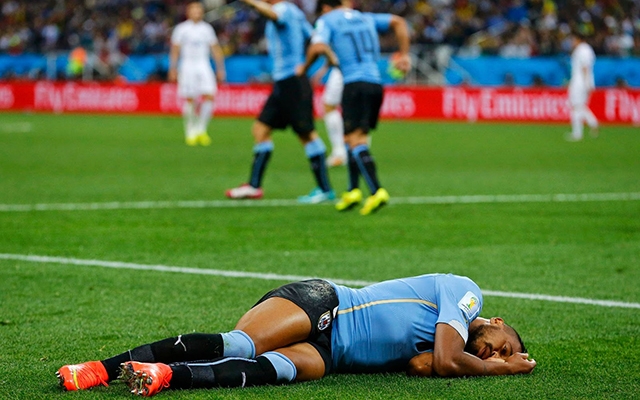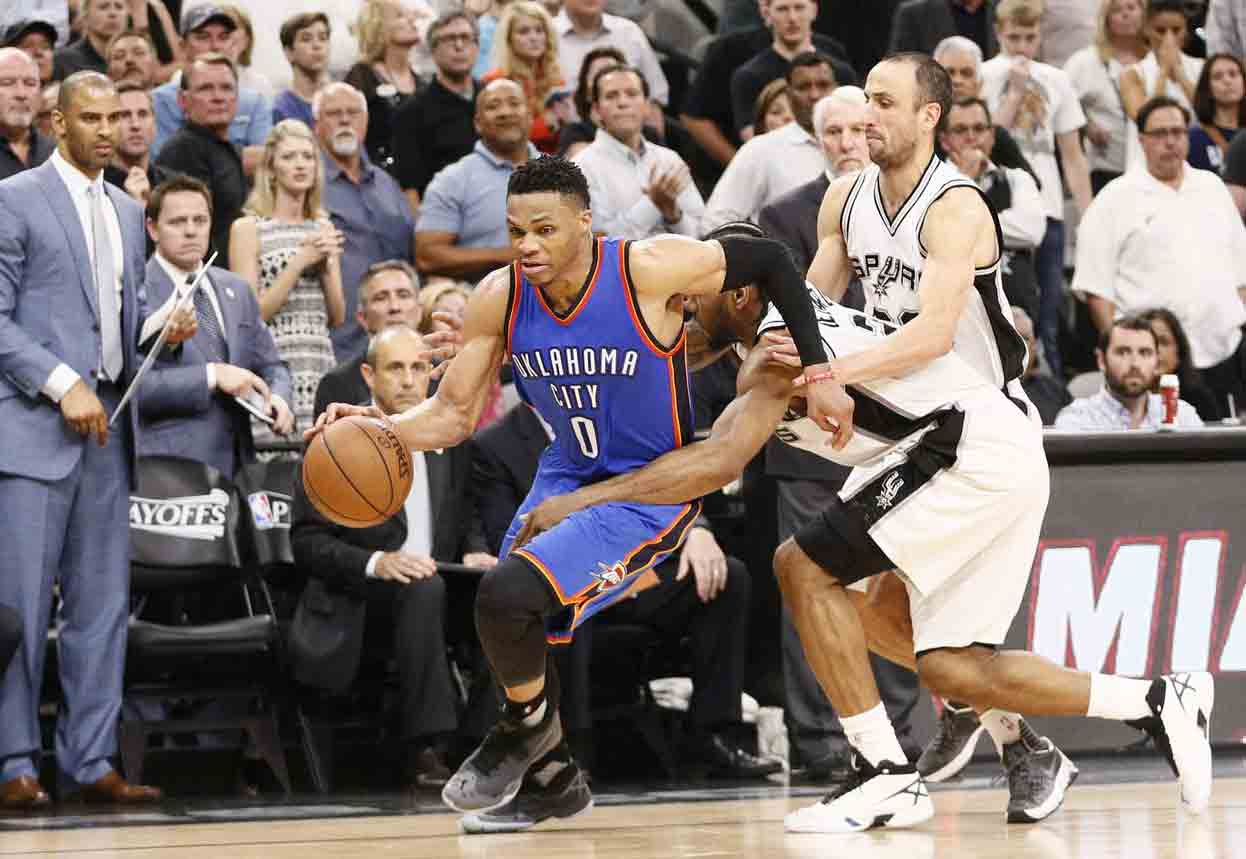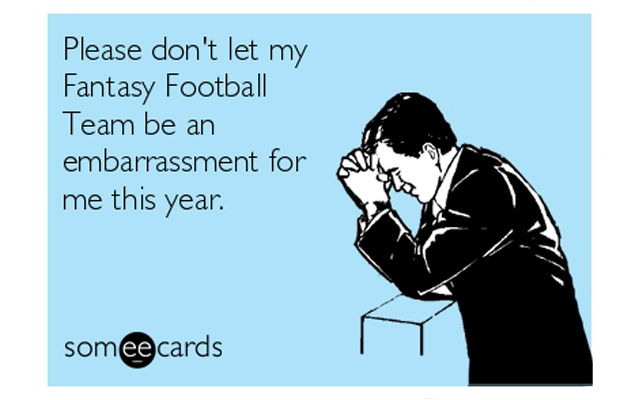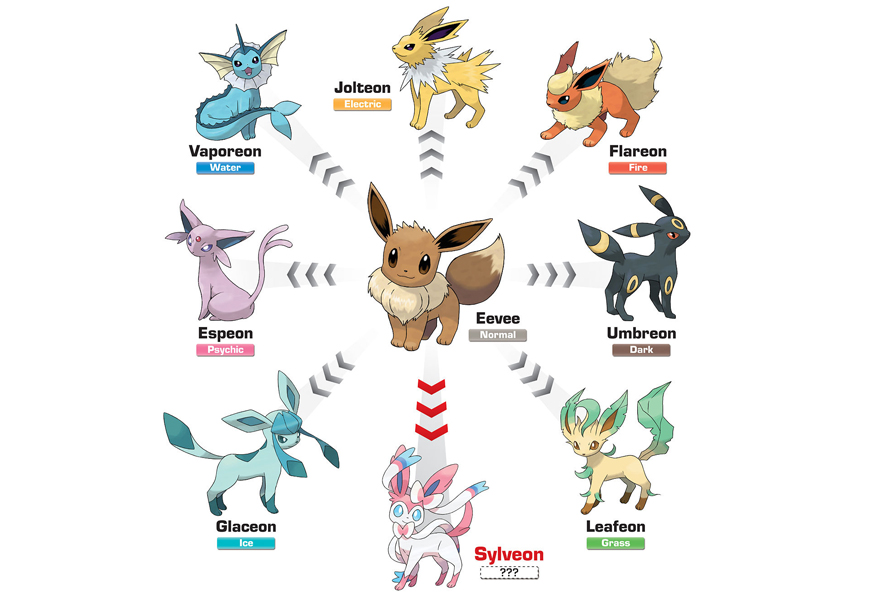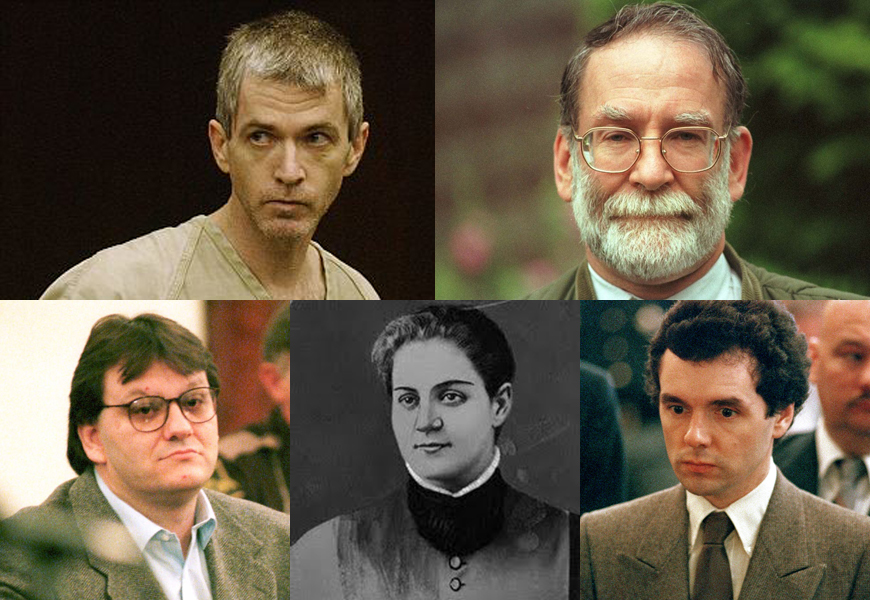Think soccer is a soft game, played by delicate men who can be sent flailing to the ground by a stiff breeze? You haven’t been paying attention.
At least, you couldn’t have been watching when Uruguay was playing England in the opening round of the 2014 World Cup—it you had, you would have seen Uruguayan midfielder Alvaro Pereira take a knee to the head, spend a couple minutes motionless on the field, and somehow check himself back into the game despite clearly not knowing exactly where he was.
It would have been enough to turn Don Cherry into a soccer fan.
There was a time when something like that would have been heroic—a player shrugs off a devastating collision for the sake of his team—but that time, thankfully, is passing. Sports are finally looking closer at head injuries and learning just how dangerous they can be. But they still aren’t doing enough.
If Pereira had sprained his ankle on the play, or twisted his knee the wrong way, he would have been well taken care of, carted off the field, attended by doctors. But because soccer—unlike collision sports like football and hockey—doesn’t quite seem to know what to do with head injuries.
Part of the reason Pereira was allowed to stay in the game is in the very rules of international soccer: teams are only allowed three substitutes a game, including injured players, so a player like Pereira doesn’t want to force his manager to use a substitution on him. FIFPro, the union that represents pro soccer players in the World Cup, suggested a rule change allowing temporary substitutions for players suspected of suffering concussions. But again, that’s simply not enough—the symptoms of brain injuries can take days to become apparent.
The NHL and NFL have introduced similar concussion protocols that require a player to be taken away from the game for evaluation, which is a step in the right direction. But if the on-site doctor doesn’t see symptoms the player can return to play, and as we saw in the case of Sidney Crosby, who missed the better part of a year with concussion-related symptoms after taking several direct hits to the head, that can have serious, long-term effects. And that’s not to mention the NFL and NHL both made public exactly how they detect a concussion, making it easier for players to pretend they don’t have one.
But those are the sports where concussions are expected, the more insidious head injuries happen in sports like baseball, basketball and soccer, where hits to the head are usually coincidental. MLB is making strides with its seven-day concussion disabled list designation, but even marquee players like Toronto’s Edwin Encarnacion can slip through the cracks—Encarnacion took a Mark Texeira elbow to the head this season and, despite looking dazed and having clearly suffered an injury, was allowed to play the remaining three innings of the game. And, of course, he played designated hitter for a few days afterwards because the Jays couldn’t afford to let him rest.
No sport is immune from concussions—not even sports like tennis, where opponents never come within arm’s reach of each other—and the effects of brain injuries can end seasons, careers and irrevocably alter lives. Every sport’s governing body should have clear, unflinching rules that prevent players with even a suspected head injury from returning to play before they’re fully evaluated. All the funny looking protective hats in the world are no substitute for mandatory medical attention and proper treatment.

